2
Toughness, elastic/plastic behavior, and hardness
Figure 2.1 Optimal loading (stress and strain) region for a resilient material.
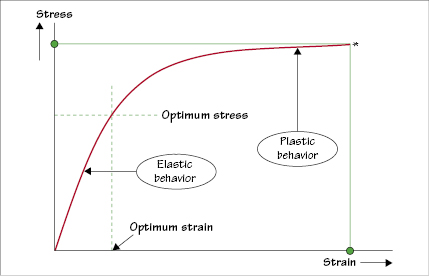
Figure 2.2 Stress relaxation: decrease in induced stress as a result of creep.
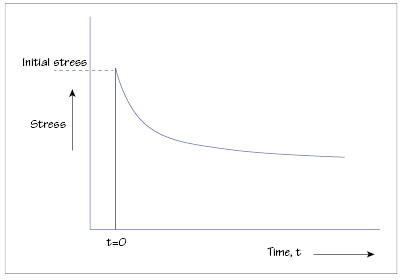
Figure 2.3 Diametral disc test for determining the tensile strength of brittle materials.
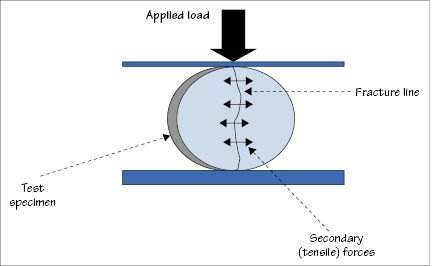
Figure 2.4a Transverse testing of a specimen.
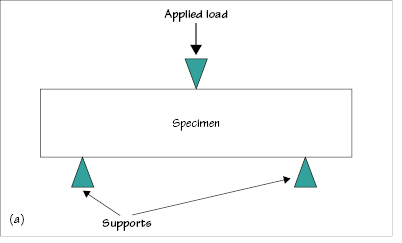
Figure 2.4b Loads and resultant stresses in a specimen under transverse testing.
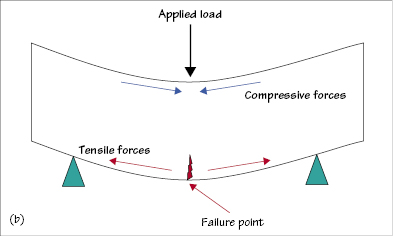
2.1 Elastic and plastic behavior
Elastic materials deform (strain) instantaneously when loaded but, when the load is released, the specimen will resume its original dimensions although the recovery rate varies with the material. Deformation (strain) is directly proportional to the applied load (stress) in accordance with Hooke’s law up to the proportional limit. Elasticity is usually the result of bond stretching along crystallographic planes in an ordered solid. Subjecting an elastic material to a load above its elastic limit will induce a degree of plastic (permanent) deformation. Ideally, applied loads should never exceed the elastic limit (Figure 2.1).
Plastic materials, typically polymers or resins, deform when loaded but the deformation is not proportional to the applied load—behavior known as nonlinear or non-Hookean deformation—due to their viscoelasticity. Upon release of the applied force, the specimen does not completely recover its original dimensions and is said to be plastically deformed.
2.2 Viscoelasticity
Viscous materials, e.g. honey, resist shear flow and show linear strain over time under an applied stress, i.e. time-dependent strain due to diffusion of atoms or molecules inside an amorphous material. In contrast, elastic materials deform instantaneously when loaded. Materials that exhibit both viscous and elastic characte/>
Stay updated, free dental videos. Join our Telegram channel

VIDEdental - Online dental courses


